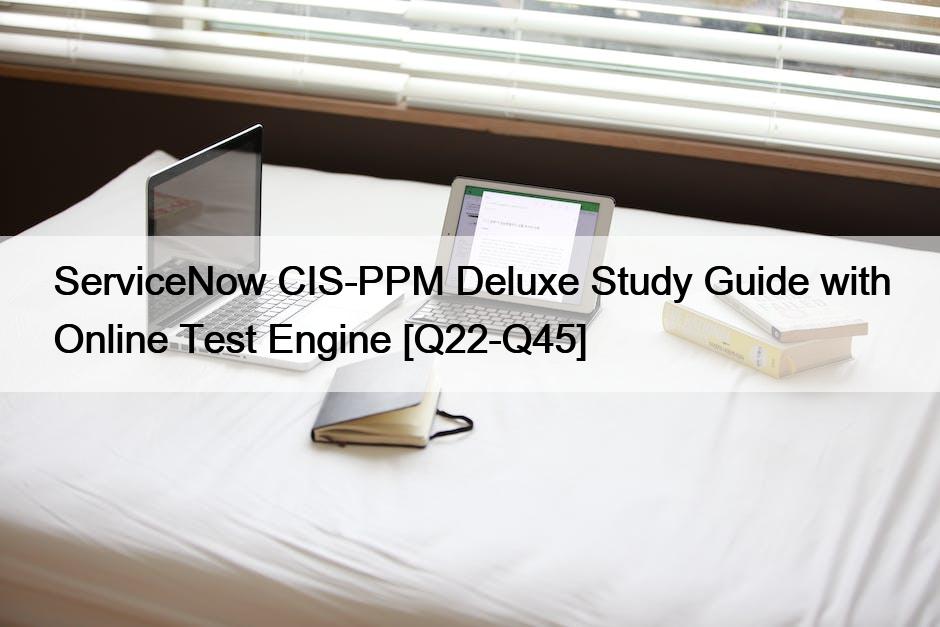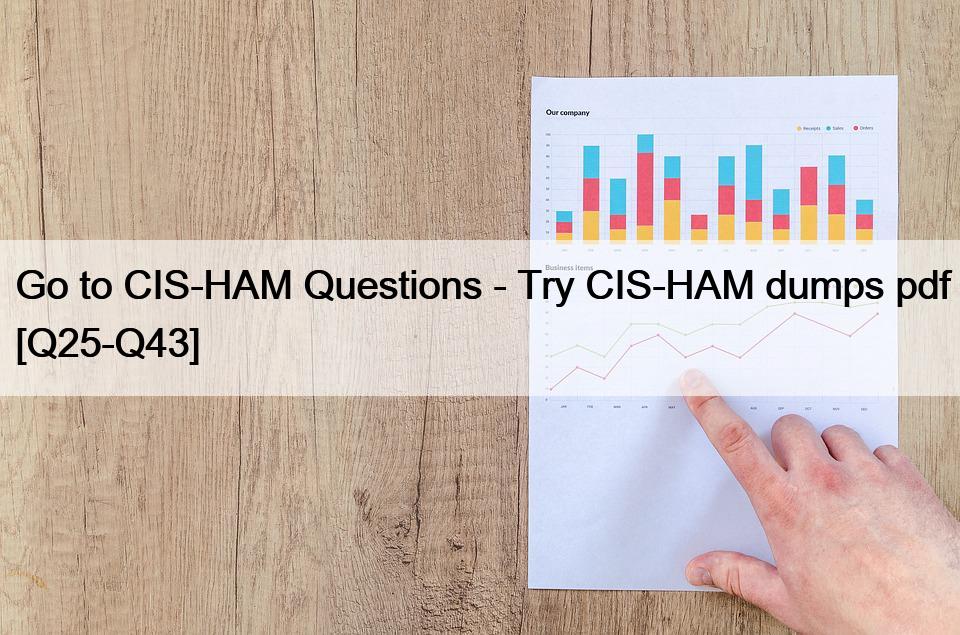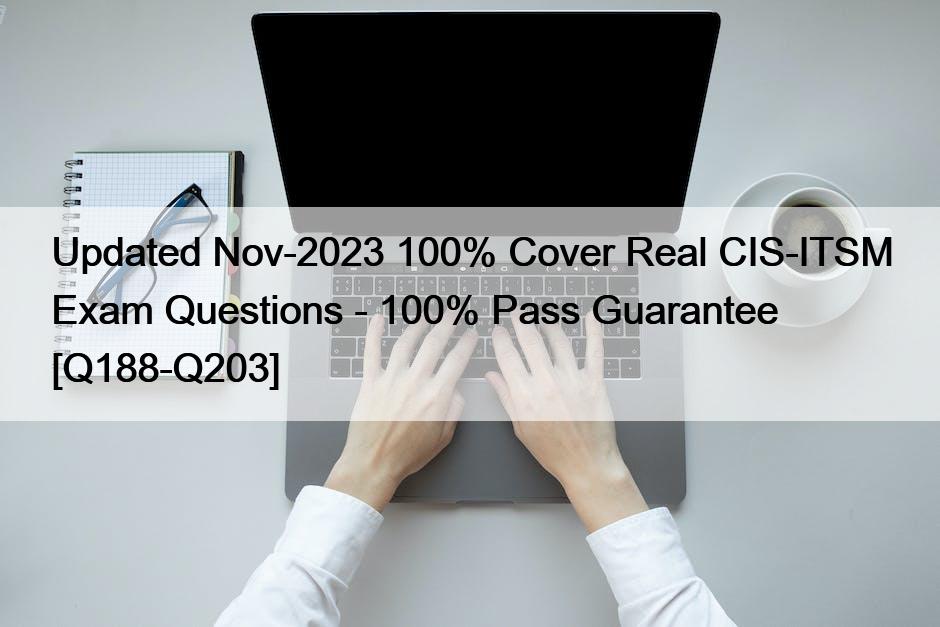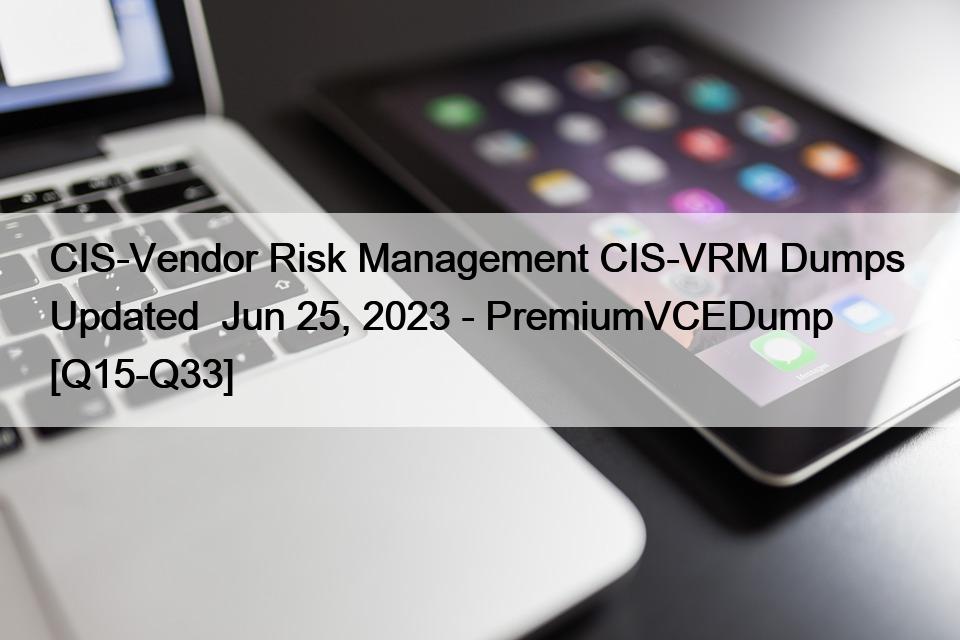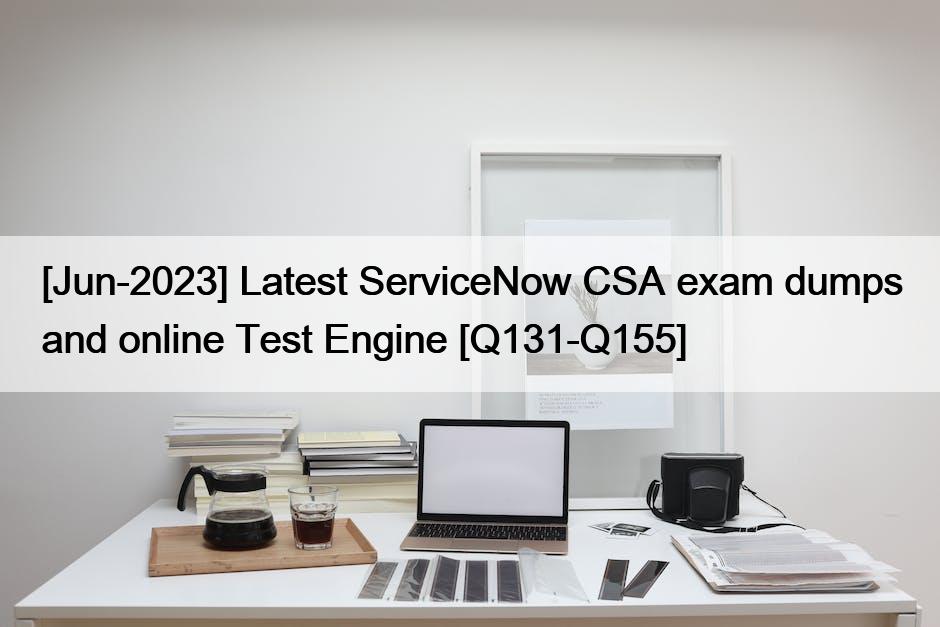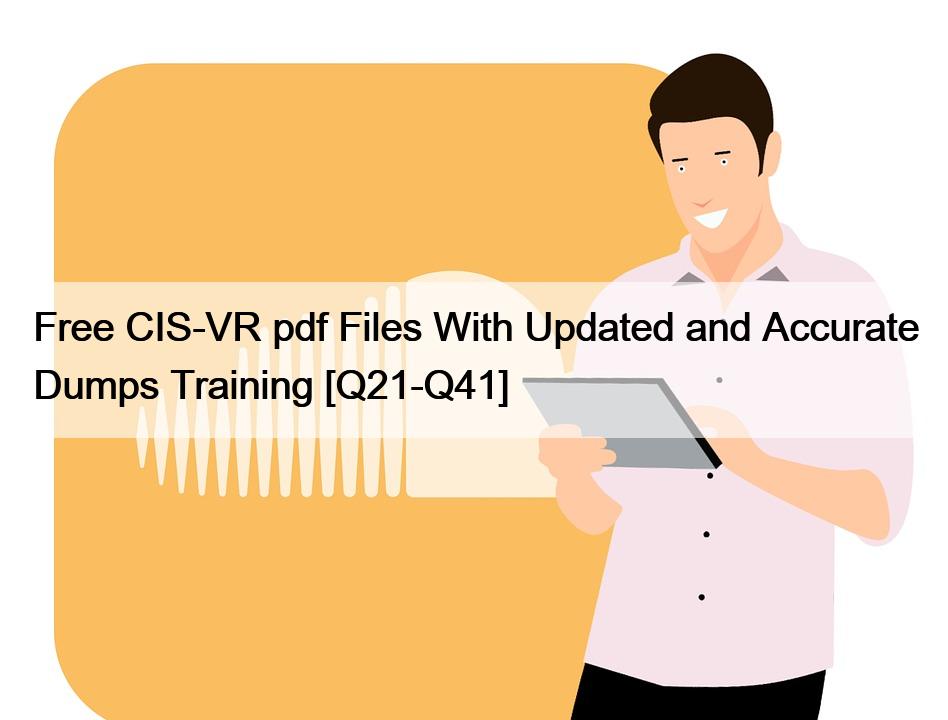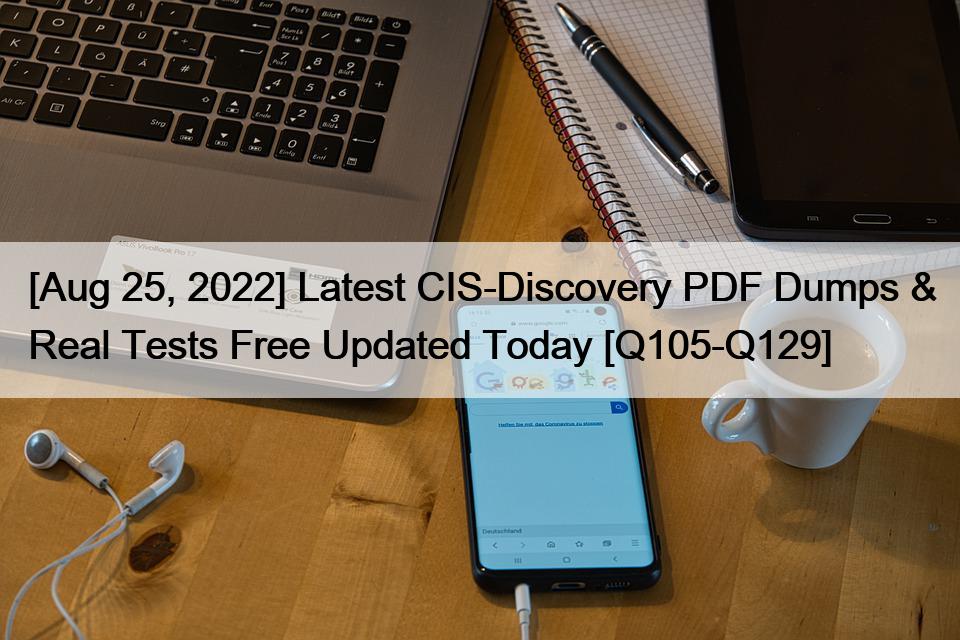Free CIS-VR pdf Files With Updated and Accurate Dumps Training
Top-Class CIS-VR Question Answers Study Guide
Who should take the ServiceNow CIS-VR: Certified Implementation Specialist – Vulnerability Response Exam
Individuals who are responsible for implementing vulnerability response should take the ServiceNow CIS-VR: Certified Implementation Specialist – Vulnerability Response exam. ServiceNow clients, partners, staff, and others interested in becoming a ServiceNow vulnerability response Implementer have access to the Certified Implementation Specialist exam.
Introduction to ServiceNow CIS-VR: Certified Implementation Specialist – Vulnerability Response Exam
The ServiceNow Certified Implementation Specialist – Vulnerability Response Exam Specification defines the purpose, audience, testing options, exam content coverage, test framework, and prerequisites to become Certified Implementation Specialist – Vulnerability Response certified. The Certified Implementation Specialist test certifies that a qualified candidate has the expertise and necessary knowledge to contribute to the application for ServiceNow vulnerability response configuration, implementation, and maintenance.
The Certified Implementation Specialist – Vulnerability Response exam certifies that a successful candidate has the skills and essential knowledge to contribute to the
configuration, implementation, and maintenance of a ServiceNow Vulnerability Response Implementation. This exam covers knowledge of the domain, common technical aspects of an implementation, as well as procedures for managing an implementation effectively.
Please go to
Free CIS-VR pdf Files With Updated and Accurate Dumps Training [Q21-Q41] to view the test
The benefit of obtaining the ServiceNow CIS-VR: Certified Implementation Specialist – Vulnerability Response Exam Certification
It’s all a matter of risk. First and foremost, a properly designed and well-run vulnerability response program would decrease risk. Third parties have the potential to expose your organization to the risk of a violation, non-compliance, financial penalties, and reputational harm, particularly those handling sensitive data. You have probably taken those risks down to a degree that at a minimum, suits your risk appetite if your VRM program is humming along. (Side note: If you read Part 1 of our series, you will know that vulnerability response aims to reduce, not eliminate, vulnerability risk to an acceptable level.)
You can take a deep breath and concentrate on driving the most value from your vulnerability partnership, with third-party risk properly mitigated. Cost slashing, not corners. There are expensive and inefficient ad hoc vulnerability response systems. It can be even more so to operate without a vulnerability response program, especially when you consider the costs associated with data loss, remediation work, and enforcement fines.
Although it takes an initial cost to build a vulnerability response program from the ground up the long-term benefits are priceless. Ultimately, the expense of dealing with suppliers is minimized, as, during initial onboarding, a centralized and structured process for rating suppliers removes the need for duplicative and expensive reviews if the supplier interacts with a new area of the organization. For the first time, do it right, and the long-term costs are merely the expense of constant vulnerability monitoring.
The operating costs of assessing suppliers are also minimized by centralizing and standardizing your vulnerability risk control. If IT, compliance, sourcing, and risk management both carry out different risk evaluations of new suppliers, you are likely to see organizational inefficiencies that push up the cost of evaluating each supplier (and giving your vulnerability headaches). It can dramatically reduce your labor and costs by centralizing these operations into a single VRM function.
Danger comprehension over time. A well-designed vulnerability response program creates better metrics to compare risk scores between competing vulnerabilities, providing you with simple, repeatable, reliable metrics to assess your vulnerability’s risk levels. Of course, during initial seller selection, this is helpful, but it can also be used during contract recompetes and renewals. Knowing the risk score of a vulnerability (ideally maintained up to date through ongoing monitoring) enables you to award contracts to “low trouble” vulnerability, those with a proven track record of strong internal controls and data protection mechanisms, reducing the total cost you will spend over the lifetime of the contract on vulnerability maintenance, monitoring, and mitigation.
Leverage Gaining. Engaging third parties requires negotiation, and your company has tight competition. Knowing a supplier’s risk profile gives you leverage to require the prospective supplier to change their behavior in certain ways. In some cases, as you seek to reduce the cost of the vulnerability to allocate funds to risk mitigation, it may also give you a tool to negotiate to price. Both of these results allow improved vulnerability behaviors and cost reductions, resulting in positive impacts on your relationship with your business and vulnerability.
Maintaining conformity. The reality that the vulnerability ecosystem of a company serves as an extension of the company and should be treated as such has been recognized by most new industry frameworks and data privacy regulations.
The General Data Protection Regulation (GDPR) of the EU is the first regulation to keep data processors, mostly suppliers, equally accountable in the event of a violation (as discussed in Part 3 of our series). It also puts increased focus on getting appropriate controls in place for the data controller (which is mostly you) to secure data that is being processed beyond your perimeter. This trend seems likely to continue with the post-GDPR wave of regulations, such as the California Consumer Privacy Act, requiring you to pay more and more attention to your vulnerability or face skyrocketing fines in the event of a breach. A powerful VRM program simplifies your compliance efforts and protects you from penalties and fines.
Consistency and continuity of building. Centralized management of vulnerability risk means that your organization understands vulnerability risk, not just the individual managing the vulnerability relationship. If you have changes in departmental leadership, without interruption, new leaders will be able to review and understand each vulnerability’s risk, as well as their historical risk performance.
Besides, unified VRM helps anyone in the company, without having to deal with needless inter-department paperwork, to easily engage approved suppliers for high-priority projects. Expand this concept to complex organizations of portfolio companies or sub-brands, and huge efficiencies will begin to be realized. The accuracy and centralized nature of the reviews ensure that even when internal resources shift, your organization can run efficiently and without interruption.
Real Updated CIS-VR Questions & Answers Pass Your Exam Easily: https://www.premiumvcedump.com/ServiceNow/valid-CIS-VR-premium-vce-exam-dumps.html
